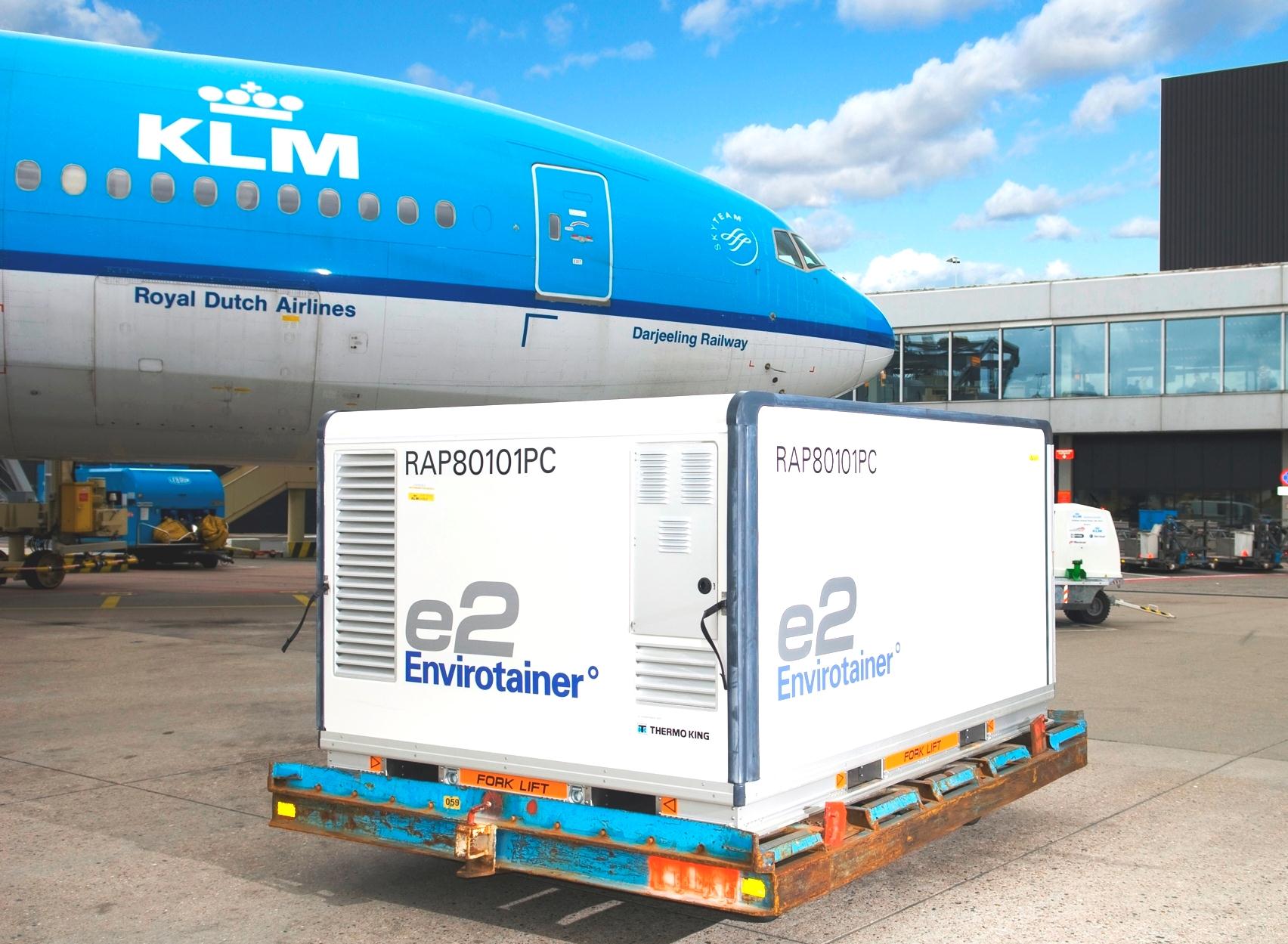Air France-KLM-Martinair Cargo is targeting ‘risk mitigation’ as a particular area of focus in the continuing development of its global pharmaceutical logistics business.
That was one of the key points to emerge from a press briefing organized by the Franco-Dutch airline group at London Heathrow Airport late last month to highlight its recent and planned future moves in that market.
As background to that news, Renate de Walle, director of AF-KL-MP Cargo’s pharma logistics product market group, pointed out that the organization had earlier this year highlighted its involvement in that sector by obtaining IATA (International Air Transport Association) Centre of Excellence for Independent Validators in Pharmaceutical Logistics (CEIV) certification.
 That development, the group had stated at the time, meant that “with our two hub operations (Paris CDG and Amsterdam Schiphol) and respective operating carriers being IATA CEIV Pharma certified, we are able to concentrate even more on executing lane assessments to identify risks and implement the appropriate mitigations in services and processes.”
That development, the group had stated at the time, meant that “with our two hub operations (Paris CDG and Amsterdam Schiphol) and respective operating carriers being IATA CEIV Pharma certified, we are able to concentrate even more on executing lane assessments to identify risks and implement the appropriate mitigations in services and processes.”
Expanding on that last point, de Walle explained that risk management involved two main activities: risk prevention and incidence management. “Risk prevention involves learning from historical data and adjusting the system in order to effectively reduce vulnerabilities to, and the impact of, incidents. It is the basis of effective incidence management. Incidence management involves monitoring and detection of incidences, and minimizing and recovering from their impact.”
A key aspect of that focus on risk, she continued, was lane risk assessment – identifying and working to mitigate specific risks on individual trade lanes. A major reason for that, she explained, was that “80% of the revenue generated by AF-KL comes from 25 destinations and from that you can make lanes.”
“If you really look more deeply into those trade lanes to identify where the risks are, even if your hubs are certified, then you are truly meeting the needs of the pharma industry,” she said.
Asked by Asia Cargo News to cite specific examples, de Walle said one arose from the group’s recent move to start offering DoKaSch temperature-controlled containers alongside its established Envirotainer and CSafe options for pharma traffic. In that particular instance, AF-KL-MP Cargo was confronted with the ‘double whammy’ of using the new DoKaSch containers on a new trade lane.
“DoKaSch containers require a different way of handling to Envirotainers, so the risk there is that a handler might deal with them in a similar way. So we organized a trial shipment with an empty DoKaSch container to show the handlers how that unit functioned and what to do if it stopped functioning, for instance,” she said.
“Another specific example of where a risk was identified was in Chicago, where we found that the 15-25°C cool room was too small for the often larger pharma sector packages we were handling there. So we developed the business case for developing a new cool room to handle those larger packages and that is due to open in May-June this year.”
Bert-Allard Jorritsma, quality assurance manager for AF-KL-MP Cargo’s pharma logistics product market group, said risks could also still be identified in the wider controlled cool chain, for example at a handover point between a truck and a warehouse cool room or during the airport tarmac transfer from that cool room to the aircraft.
“There are all kinds of risk which come up and even when you think you have solved all of them there might still be one you have overlooked. That is why we talk about the need for continuous improvement,” he stated.
“Also, sometimes in fixing one risk you might create a risk for another product, for example if it is on the same transport to the aircraft. That is why we look into every detail and do a full risk analysis to try and write out all the risks we see in our processes.”
To further illustrate the wide range of risks to pharma air cargo traffic which had to be identified and resolved, de Walle said another example was where a pharmacist required six containers of product a week to be flown on a trade lane which might sometimes have payload restrictions. The risk identified was that on some weeks, those restrictions could result in possibly two of those six containers being left behind.
“In the beginning, the shipper said they would take that risk but after two instances when not all six containers were shipped, they decided to restrict their shipments to four containers a week,” she said.
On other occasions, added de Walle, AF-KL-MP Cargo had to point out to shippers that they might be risking temperature excursions if they shipped pharma products which needed to be kept within the +2˚C to +25˚C range to a hot country using just their own passive packaging. “We might advise them to use thermal blankets, for example.”
By Phil Hastings
Correspondent | London